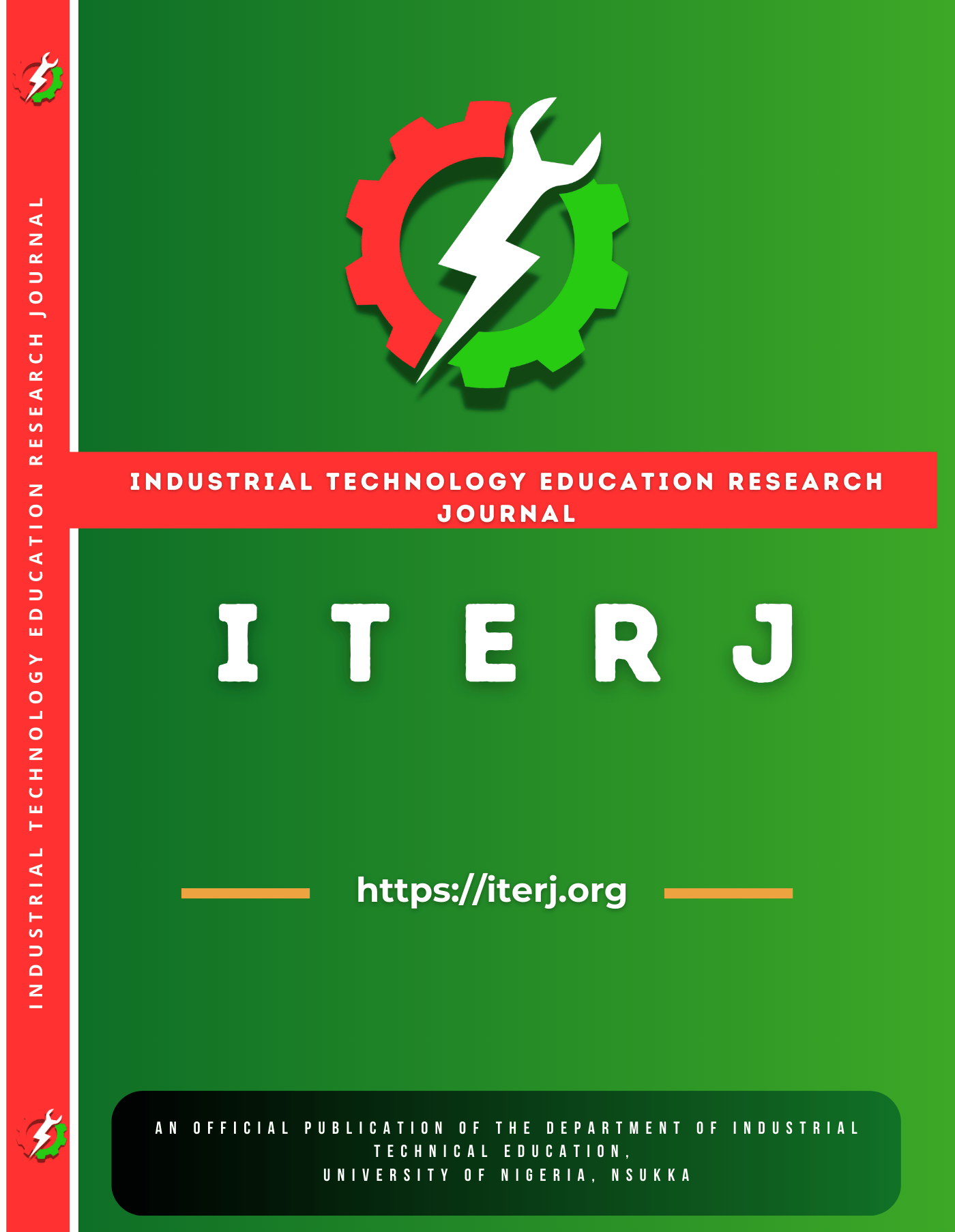Perception of Teachers on the Integration of Variable Flux Machines Technology forTeaching and Learning of Electrical/Electronic Technology and Automobile Technology inTVET Institutions in Nigeria
Keywords:
Technical and Vocational Education and Training (TVET), Automobile Technology, Electrical/Electronic Technology and Variable Flux MachinesAbstract
The study investigated the perception of teachers on the integration of variable flux machines (VFM) technology for teaching and learning electrical/electronic technology and automobile technology in TVET institutions in Nigeria. A descriptive survey research design was adopted for the study. It was conducted in three TVET institutions in South East, Nigeria. The population of the study was 61 subjects, comprising 25 lecturers and 36 workshop technologists from the three departments. Due to the manageable size of the population, there was no sampling, as the entire population was used for the study. A 32-item questionnaire was used as the instrument for data collection. The questionnaire was face-validated by three experts in the Faculty of Vocational and Technical Education, University of Nigeria, Nsukka. Cronbach alpha reliability method was used to determine the internal consistency of the instrument, and a reliability coefficient of 0.85 was obtained. Data collected from the study were analyzed using mean and standard deviation to answer research questions, while t-test was used for testing the null hypotheses at the 0.05 level of significance and relevant degree of freedom. The study revealed that TVET teachers had a positive perception about the use of VFM for teaching and learning electrical/electronic technology and automobile technology. The study also revealed some of the barriers to the integration of VFM in TVET institutions and the solutions to the barriers. Recommendations include that TVET teachers should be encouraged to make use of VFM for teaching and learning electrical/electronic technology and automobile technology.








